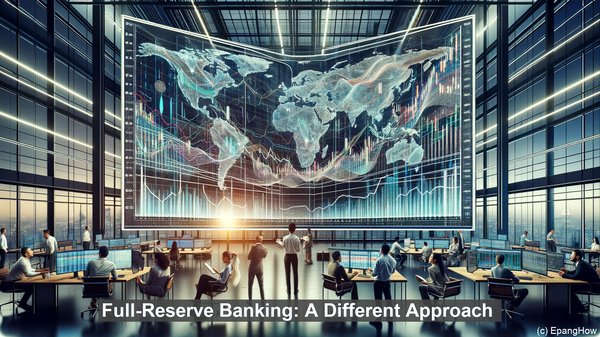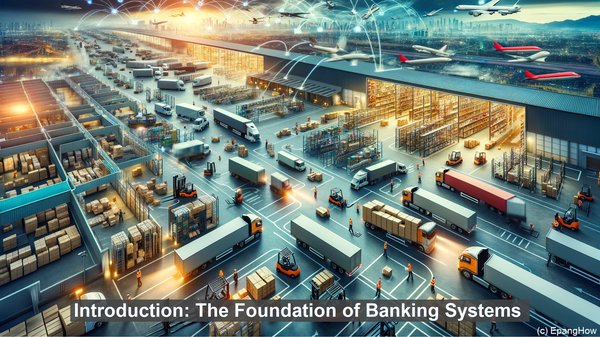Introduction: The Foundation of Banking Systems
Before diving into the differences, let’s establish the basics. Banking systems form the backbone of any economy. They facilitate the flow of money, provide loans, and ensure financial stability. Two prominent systems, fractional reserve banking and full-reserve banking, approach these functions differently.
Fractional Reserve Banking: The Engine of Modern Banking
Fractional reserve banking, the more prevalent system, operates on a simple principle: banks only need to keep a fraction of their deposits as reserves. The rest can be lent out, creating a multiplier effect. For example, if a bank has $100 in deposits and a reserve requirement of 10%, it can lend out $90. This newly created money enters circulation, stimulating economic activity.
The Pros and Cons of Fractional Reserve Banking
Fractional reserve banking offers several advantages. It allows banks to provide loans, which are crucial for businesses and individuals. It also ensures liquidity in the economy, as the money supply can be expanded. However, it also carries risks. If depositors lose confidence and start withdrawing funds en masse, it can lead to a bank run. Moreover, the creation of new money can contribute to inflation.

Full-Reserve Banking: A Different Approach
In contrast, full-reserve banking takes a more conservative stance. Under this system, banks are required to keep 100% of their deposits as reserves. This means that all customer funds are readily available, but it also limits the amount of money that can be lent out. As a result, the money supply remains stable, but the availability of credit is reduced.
The Advantages and Disadvantages of Full-Reserve Banking
Full-reserve banking offers a higher level of security. Since all deposits are held as reserves, there is no risk of a bank run. Additionally, it can prevent the creation of excessive money, which can lead to inflation. However, the lack of lending can restrict economic growth, as businesses and individuals may struggle to access credit.

